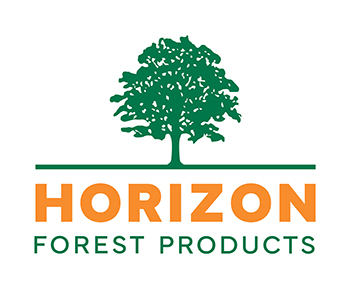ATTRIBUTES OF
PLYWOOD CORE
ATTRIBUTES OF
PLYWOOD CORE
Plywood core refers to the inner structure of plywood panels, which significantly affects the material’s performance, durability, and suitability for different applications. Plywood consists of multiple layers (plies) of wood veneer that are glued together, usually with alternating grain directions for added strength. Here are the key attributes of plywood core:
1. Stability and Strength
- Cross-Laminated Structure: The alternating grain direction of each veneer layer provides dimensional stability. This minimizes warping, shrinking, and swelling, making plywood a strong and stable material.
- High Strength-to-Weight Ratio: Plywood cores are strong without being excessively heavy. The cross-laminated structure distributes stress evenly, giving it a higher load-bearing capacity than solid wood of the same thickness.
2. Durability
- Resistance to Splitting: Because the grain direction alternates in each ply, plywood resists splitting, especially when nailed or screwed at the edges.
- Moisture Resistance: Some plywood cores, especially those designed for exterior use or marine applications, are treated to resist moisture, making them more durable in wet conditions. However, the core’s moisture resistance depends on the type of glue and wood species used.
3. Surface Smoothness and Finish
- Uniformity: Plywood cores provide a smoother, more uniform surface compared to other engineered woods like MDF or particleboard, making it easier to apply finishes such as veneers, paints, or laminates.
- Quality Grades: Plywood comes in various grades (A, B, C, D) that determine the surface appearance. Higher grades like A and B have fewer knots and defects, ideal for furniture and cabinetry. Lower grades may have more visible flaws but are often used for structural applications.
4. Core Types and Composition
- Veneer Core: Made entirely of wood veneers glued together. This is the most common core type and provides the best balance between strength and stability.
- MDF Core: Uses medium-density fiberboard (MDF) in the core, offering a smoother surface for painting but less strength and moisture resistance than veneer core.
- Lumber Core: Contains strips of solid wood in the center, sandwiched between veneer layers. This gives plywood a more solid feel, though it may not be as stable as all-veneer plywood.
- Particleboard Core: Uses particleboard for the core, which is heavier and less moisture-resistant. This is typically used in low-cost plywood.
5. Dimensional Consistency
- Precision and Consistency: The core of plywood is manufactured to have consistent thickness and dimensions, ensuring a reliable fit in applications like cabinetry, flooring, and wall sheathing.
- Thicker Cores: Higher-ply counts often mean greater stability and load-bearing capacity. Cores with more layers (e.g., 9-ply or 11-ply) are typically higher quality than those with fewer layers.
6. Environmental and Sustainability Aspects
- Wood Type and Sourcing: The type of wood used in the core (e.g., softwood or hardwood) affects its strength and environmental impact. Plywood made from sustainably sourced woods is often labeled with certifications like FSC (Forest Stewardship Council).
- Eco-friendly Adhesives: Some plywood cores are made using low-VOC (volatile organic compound) adhesives, which reduce the emission of harmful chemicals during manufacturing and usage.
7. Workability
- Easy to Cut and Shape: Plywood cores are relatively easy to cut and work with, making them ideal for a wide range of construction and woodworking projects. The core’s quality influences how cleanly it can be cut without splintering.
- Edge Finishing: Depending on the core type, the edges of plywood may need additional finishing (e.g., edge banding) to achieve a clean, smooth edge.
8. Cost-Effectiveness
- Price Range: Plywood cores vary in price depending on the type of core, number of plies, and the wood species used. Veneer core plywood is usually more expensive but offers better performance, while MDF or particleboard cores are less costly but may lack strength and durability.
Each of these attributes plays a critical role in determining the appropriate plywood for specific applications such as furniture-making, construction, flooring, or cabinetry.
